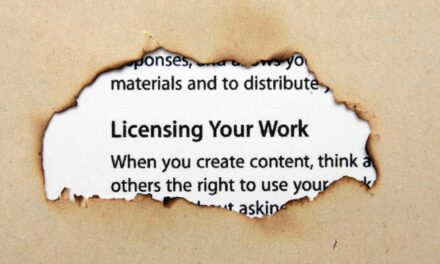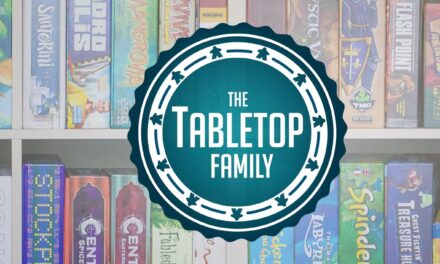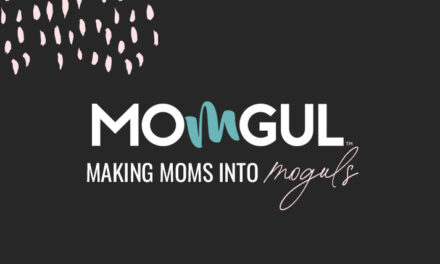Motivator author extraordinaire Seth Godin says, “The book that will most change your life is the one you write.”
We know it also will change your content business. That book you write will help establish credibility and authority, build an audience, earn additional income, secure speaking gigs and interviews, and generate leads.
“Books are an effective way to diversify your revenue streams and become less dependent on other platforms. They also can be a great binding agent for building communities through topical conversation and engagement,” says Matt Briel, vice president of marketing at Lulu, a self-publishing company.
That’s a lot of power from the written word (and some great art and design).
To begin acquiring that power, we share some thoughts along with Matt’s advice he shared at Creator Economy Expo:
1. Know your purpose: What do you want this book to do for your business? How will this book provide value to your audience? The detailed answers to those two questions should guide you through the rest of the process.
2. Determine your publishing process: Authors have three choices – self-, hybrid, and traditional publishing. Self- and hybrid publishing are usually easier to get a book published because you, the author, are in control. You also retain the rights to the content and earn revenue from the beginning of book sales. Hybrid publishing requires an upfront fee and includes a team to help you with the process and distribution.
Traditional publishing takes longer and often requires an agent to pitch your book. In a traditional deal, authors give all their rights to the publisher in exchange for an advance fee and a smaller percentage of sales.
3. Pick a type: Nonfiction and fiction books fill the shelf space at most bookstores (digital and bricks-and-mortar). But don’t overlook other types – notebooks, planners, journals, workbooks to accompany your online courses, etc. And don’t forget airport books – shorter-length books on a single topic that get their name because they can be read cover to cover during a short flight.
4. Pull together the content: It’s time to write the book. You may have content that can be repurposed. Matt suggests using ChatGPT to help in the idea development. Ask, “What’s a great book that could be written from this content?” and drop in some of your previous published content.
The key is to provide relevant and helpful content in a niche that resonates with your audience.
Work with a graphic artist to help design your cover. It’s a critical factor in determining if people will even pick up or click on your book. Work with an editor to ensure the book reads well, the grammar is proper, and the spelling is mistake-free.
5. Develop a strong marketing plan: As you do with overall content business, you need to decide how to let people know the book exists. As Matt explains, “A successful marketing plan will look different for every author, but the elements are the same. The key is to create community, not just transactions.”
About the author
Ann regularly combines words and strategy for B2B, B2C, and nonprofits, continuing to live up to her high school nickname, Editor Ann. An IABC Communicator of the Year and founder of G Force Communication, Ann coaches and trains professionals in all things content. Connect with her on LinkedIn and Twitter.



![NFTs Hold Big Potential for Entrepreneurs Who Use Them as Never-Ending Tickets [Example]](https://www.thetilt.com/wp-content/uploads/2022/05/nfts-never-ending-tickets-1-440x264.jpeg)






